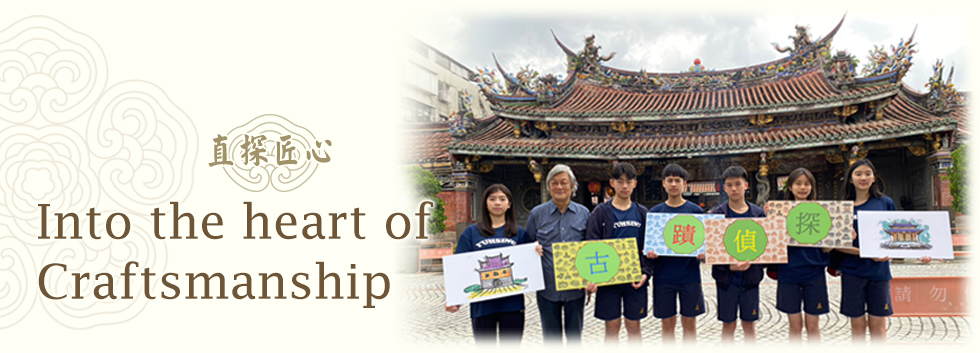Organized by Sunny Yu
Temples
Taiwanese temples are generally designed with features that include local religions, e.g., Taoism, Confucianism, and Buddhism. The scales and decorative architectural features of Taiwanese temples manifest a fusion style in common as well as individual details. The construction of Taiwanese temples was originally due to the religious worship of different gods and goddesses. Delicate wood carvings and temple paintings are the main characteristics the original builders tried extremely hard to achieve. Stone-carved guardian lions and dragon columns, wood carvings, colored temple paintings, collages, and Koji pottery figures represent the best of Taiwanese temple art. Among all temples in Taiwan, Wen-Wu Temples used to be constructed by the official government units. In contrast, other temples such as Mazhu Temples, Guanyin Temples, Ongya Temples, or regular family temples were normally built by local citizens through either fundraising or donations in public or private. Each column, tile, or window may come from a donation in the name of a religious follower or some family’s eldest grandson. All these past records are the traces left in history. These records can be truly helpful when future scholars wish to study the history and development of historic buildings.
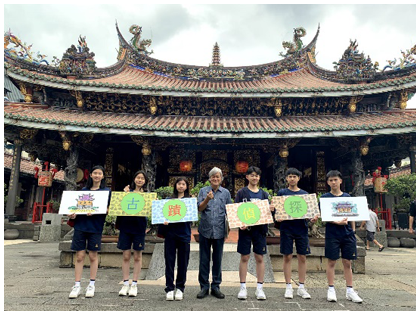
Source: Detective of Historic sites
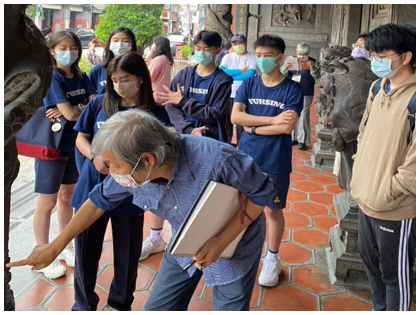
Source: Detective of Historic sites
The details in all dimensions of each historic architecture reveal the builders’ thoughts and souls. Time accumulates the buildings’ depth while the researchers highlight the buildings’ values. Professor Li Chien-Lang, the best spokesman of Taiwanese historic buildings, is also a faithful friend of these classical architectures.Besides, his unique talents include his amazing perspective vision and delicate hand-drawings of landmark buildings. He could always lead us back in time and explore the past and present in each classic architecture and the design highlights in it. An architectural section has different forms to bring countless possibilities. Visually cutting open the wall or lifting the roof is to help people view more details in the building’s internal structure. As in Professor Li’s hand-drawings of Longshan Temple, he lifted the temple’s roof to take a closer look at its atrium and found the four primary columns supporting the central lobby as a painting frame – realizing that the original designer had discovered that no matter which direction visitors walk in the temple, the frame created by the four columns would present in their eyes as a nice view to appreciate. For some religious reasons, temple conservation causes no controversies in Taiwan. The historic temples normally have more visitors.
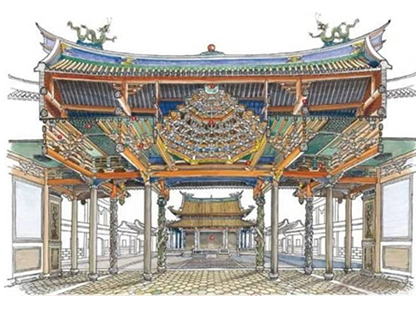
Longshan Temple
Source: Professor Li Chien-Lang
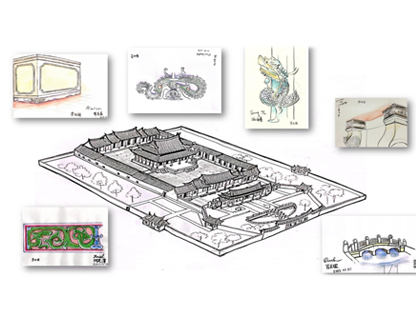
Confucius Temple
Source: Professor Li Chien-Lang
However, maintenance and restoration are the hardest missions for all the temples. Not only smoky surfaces left after the burning of incense, but temperature differences, sunlight, frequent visits by tourists, and vandalism are also tough issues to temple conservation. According to Prof. Li, remaining clear of the skyline of each temple is incredibly challenging as well. Prof. Li took Yinshan Temple as an example. In the beginning, there was no Cultural Asset Preservation Act. He could only communicate or negotiate with the related parties. At that time, Yinshan Temple, surrounded by rice fields and woods, had a clear skyline. But instead, nowadays, high-rises have been standing around Yinshan Temple. No more fields or natural views. Therefore, the conservation and maintenance of a temple should also be assisted by efforts between religious followers and influential locals to keep its sanctity and solemnity.
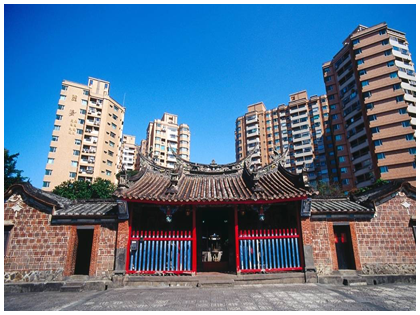
Source: Detective of Historic sites

Source: Detective of Historic sites
- https://zh.wikipedia.org/zh-tw/台灣民間信仰
- https://theme.udn.com/theme/story/7490/1137800
- https://twnycc.com/2022/01/28/temple-culture/
- https://www.huashan1914.com/w/huashan1914/creative_19061317383770123
- https://zh.wikipedia.org/zh-tw/文化資產保存法
- https://zh.wikipedia.org/wiki/鄞山寺
- https://www.travelking.com.tw/tourguide/scenery909.html

